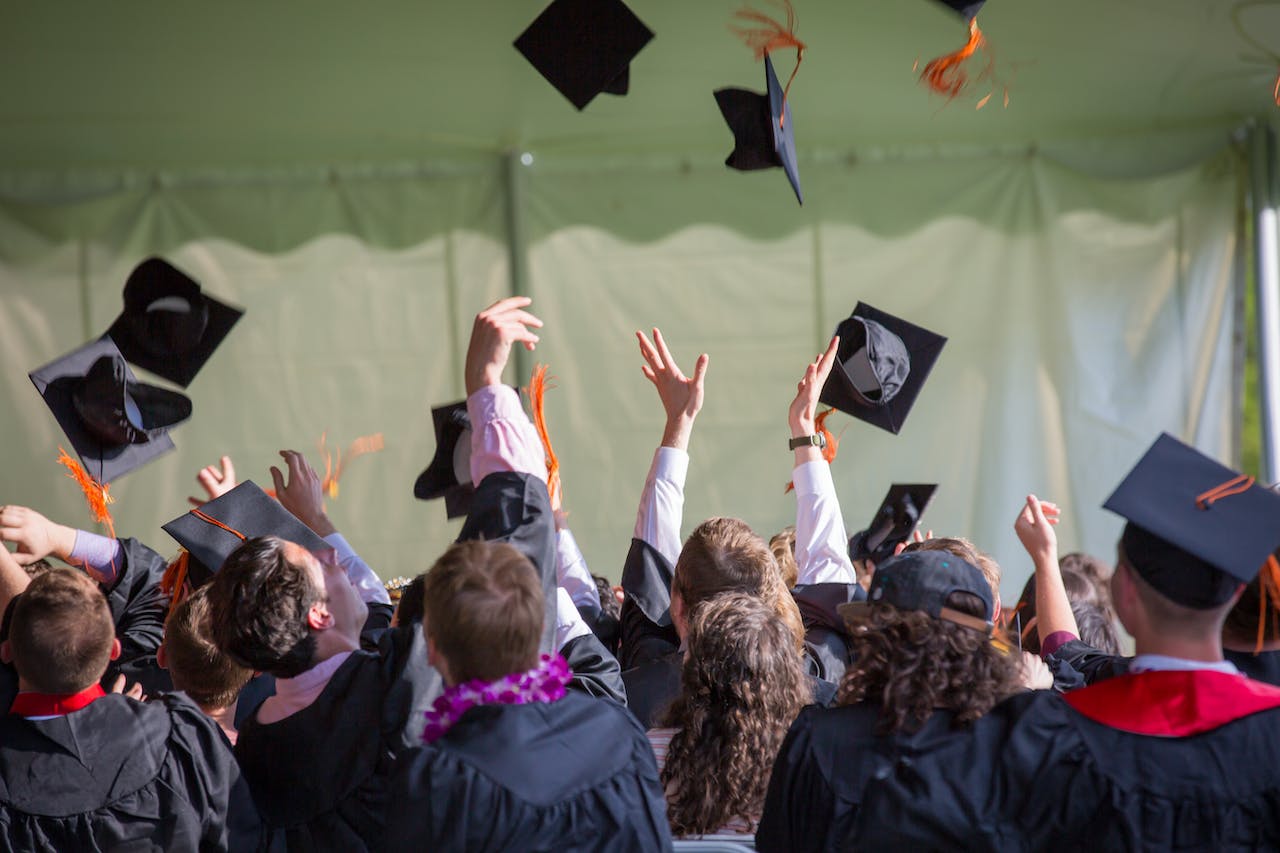
Education is the foundation of a society, and it’s always fascinating to see how different countries approach it. In this blog post, we’ll take a look at some of the most innovative and successful education systems from around the world.
Finland is often cited as having one of the best education systems in the world. Their approach is based on the idea of “teaching less, learning more.” They have shorter school days and less homework, but they focus on making sure students understand the material. Finland also has a strong emphasis on play-based learning, which helps students develop creativity and problem-solving skills.
Singapore is another country with a highly successful education system. They focus on developing 21st-century skills like critical thinking, creativity, and collaboration. Singaporean schools also use technology extensively to enhance learning. For example, they use virtual reality to teach history and geography, and they have a coding curriculum for students as young as six years old.
Canada has a strong education system that emphasizes equity and inclusion. They have a program called “Student Success” that provides resources to help students who are struggling. Canada also has a strong focus on bilingualism, with many schools offering both English and French instruction.
Shanghai, China has made significant strides in improving their education system in recent years. They have a program called “Improvement Plan for Schools” that assigns a team of master teachers and administrators to every low-performing school. These teams provide weekly guidance and mentorship on everything from lesson plans to school culture.
India has a unique approach to education that emphasizes creativity and innovation. They have a program called “Project-Based Learning” that encourages students to work on real-world problems. India also has a strong focus on vocational training, which helps students develop practical skills that they can use in the workforce.
Germany has made comprehensive efforts to improve the quality of their schools. They have a program called “Education Reform” that focuses on providing equal opportunities for all students. Germany also has a strong emphasis on vocational training, which helps students develop practical skills that they can use in the workforce.
Italy has a secondary education model based on Aristotle’s educational principles. The Lyceum school in Bologna is a great example of this model. They emphasize the importance of the humanities and encourage students to think critically and creatively.
New Zealand has a unique approach to education that emphasizes creativity and innovation. They have a program called “School Time” that rethinks the daily school schedule to make it more flexible and student-centered. New Zealand also has a strong focus on outdoor education, which helps students develop a connection to nature.
Guatemala has a program called “Entrepreneurship Education” that teaches students how to start and run their own businesses. This program helps students develop practical skills that they can use in the workforce. Guatemala also has a strong focus on bilingualism, with many schools offering both Spanish and English instruction.
Burkina Faso has a program called “Girls’ Education” that focuses on providing equal opportunities for girls. This program has been successful in increasing the number of girls who attend school. Burkina Faso also has a strong focus on vocational training, which helps students develop practical skills that they can use in the workforce.
Afghanistan has a program called “Mobile Literacy” that uses mobile phones to teach literacy skills to women. This program has been successful in increasing literacy rates among women in Afghanistan. Afghanistan also has a strong focus on vocational training, which helps students develop practical skills that they can use in the workforce.
Greece has a program called “Art and Culture” that integrates art and culture into the curriculum. This program helps students develop creativity and critical thinking skills. Greece also has a strong focus on bilingualism, with many schools offering both Greek and English instruction.
Madagascar has a program called “Vocational Training” that helps students develop practical skills that they can use in the workforce. This program has been successful in reducing unemployment rates among young people in Madagascar. Madagascar also has a strong focus on entrepreneurship, with many schools offering courses on starting and running a business.
Jordan has a program called “Inclusive Education” that focuses on providing equal opportunities for students with disabilities. This program has been successful in increasing the number of students with disabilities who attend school. Jordan also has a strong focus on vocational training, which helps students develop practical skills that they can use in the workforce.
China has a program called “Project Learning” that encourages students to work on real-world problems. This program helps students develop critical thinking and problem-solving skills. China also has a strong focus on vocational training, which helps students develop practical skills that they can use in the workforce.
These are just a few examples of the innovative and successful education systems from around the world.